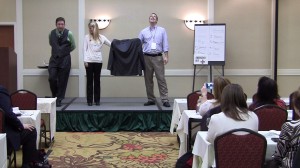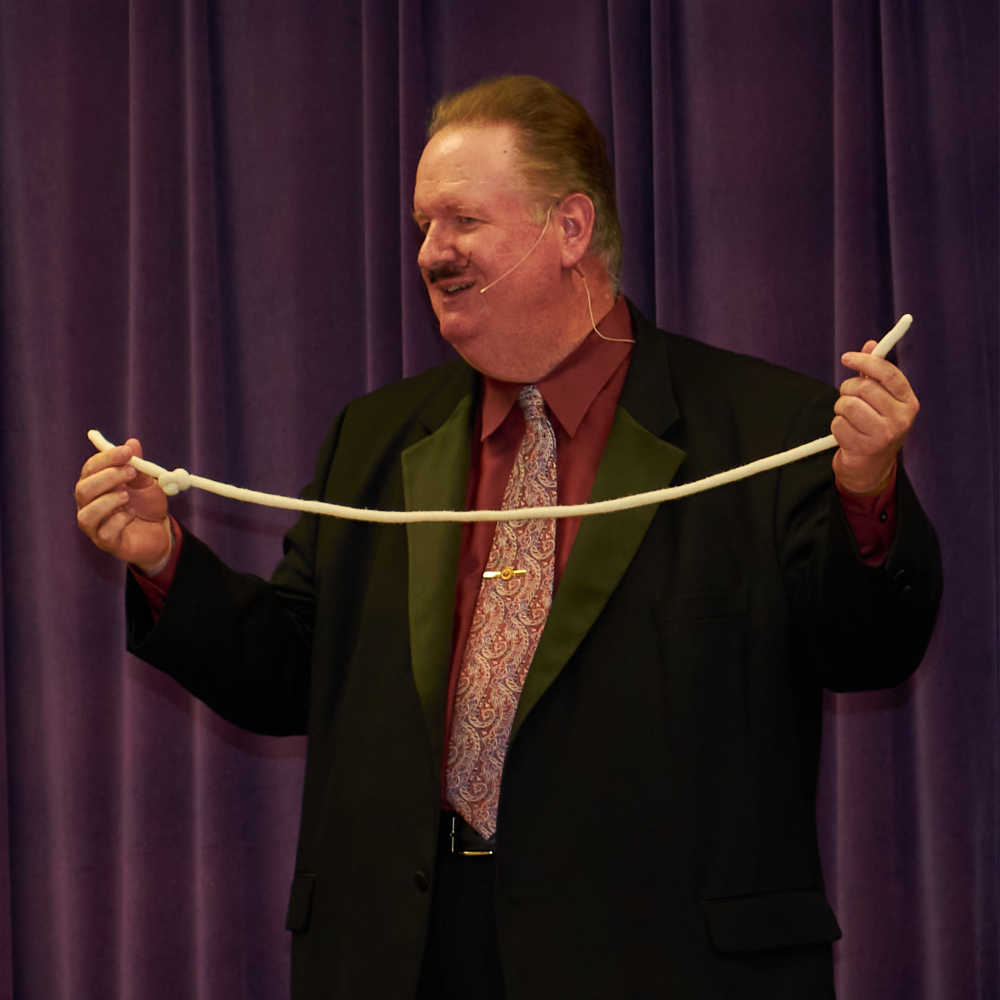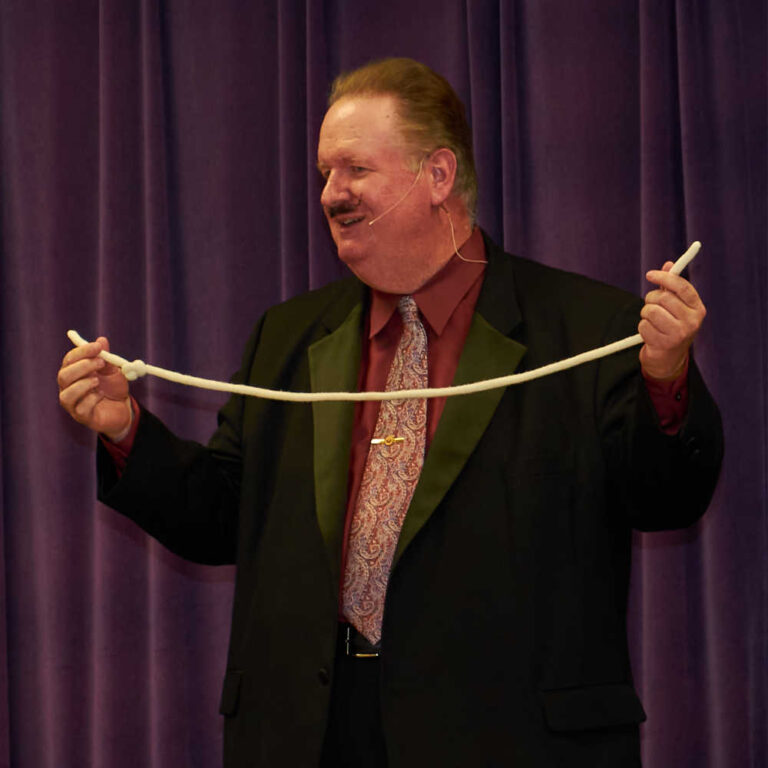4 Guidelines for Maximizing Attention and Retention at Meetings
Okay, I’ll be the one to say it. If you want your meetings to be as effective, engaging, and memorable as they can be, then yes, there should be elements of creativity and fun in the mix! Whether you’re a corporation, association, or even a government agency, your meetings have a return on investment – derived from both attention to and retention of the content. That return will ultimately be greater if you give your attendees a combination of tension and release in their experience. That tension and release may include a segment or two which are lighter on pure content than the other segments, but those kinds of segments can actually increase the overall impact of meetings.
Relevant Fun Has Real Value

How can we make sure we are using creative segments effectively and maximizing our audience’s attention and retention? Here are four useful guidelines.
4 Guidelines for Maximizing Attention and Retention at Meetings
No, not out the window – into segments! Include breaks for the mind as well as for the body. People engage more, learn more, and retain more when they are given the breaks they need to process information most effectively. A coffee break between morning sessions is good, but an outside speaker or entertainment segment that can build on the underlying concept in a unique way could be even better. Every other form of storytelling – film, theatre, television, etc. – makes use of rising and falling tension in order to bring intensity to the key content. Your graphic designer will tell you that white space matters. In the same way, your conference days can and should be intense and focused on objectives, but pummeling an audience with heavy content for hours will not result in increased retention. In fact, it reduces the ability to remember what happened at all – and that’s certainly not good for ROI.
Give creativity a chance to flourish with outside speakers and activities, but be prepared to link them to objectives. Check out my article on “Culture Building versus Teambuilding” for a framework that you can use to understand and explain how different activities and speakers are supporting your organizational objectives. Sure, some team-building and culture-building experiences can be trivial, but some are effective and meaningful. Meet with providers by phone, video conference, or in person to discuss your meeting’s real business objectives. Do they have credible tie-ins to support your objectives?
At the risk of using campaign terminology, just remember that optics matter, whether it’s fair or not. Who’s standing on the platform matters, as does their billing in the agenda, the content of their bio, the look of their promo, and what they’re wearing on the stage. You have to ask yourself, “What will this picture look like on Facebook?” Here’s a hint: Advise attendees that you are taking professional photographs (hire a photographer!) and that you’ll be sharing them on your event page, Facebook page, or other online gallery for them to download. Take the initiative to provide the photos, and you simultaneously gain the ability to control which images from your event are in widest circulation.
We’re in a new day, and you need more than a theme whose only purpose is to explain your decorations. You need more than a catchy phrase to put on the welcome sign in the lobby and on the cover of the program. You need a narrative. You need to tell your attendees – before, during and after the meeting – how to describe the experience. And like an effective speaker uses cues during a presentation to help the audience understand the roadmap of the presentation, your meeting needs to be structured so that every attendee can describe the roadmap of that conference. Your opening session each day should lay out the overarching objective of that part of the journey, and your closing message should reinforce to attendees their success in getting to that spot. The story of the conference has to be told in every communication, from registration to post-conference follow-up.
In Conclusion…
With carefully spaced content, creative but relevant segments, careful attention to the visuals, and a narrative that your attendees can understand and communicate, you give your attendees a framework on which to build their meeting experience day-by-day. That’s an immediate benefit for comprehension and retention. Another lasting benefit, though, is that you make it easier for them to retain and articulate that experience and its value long after the meeting is over.






